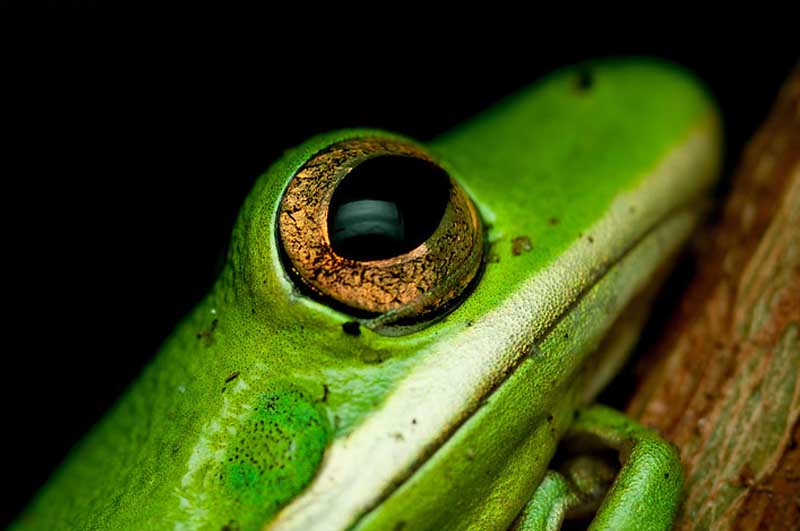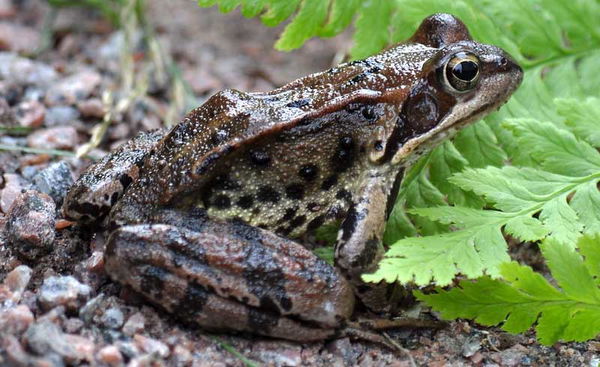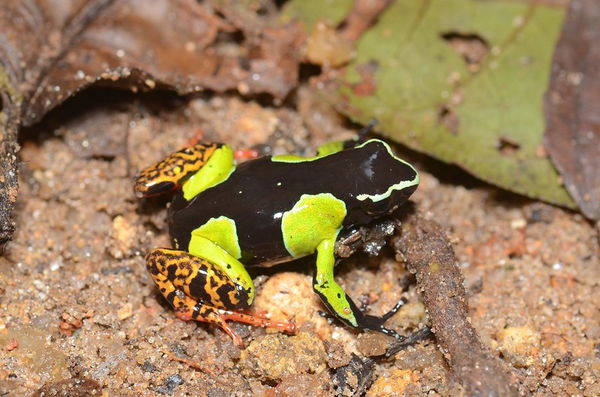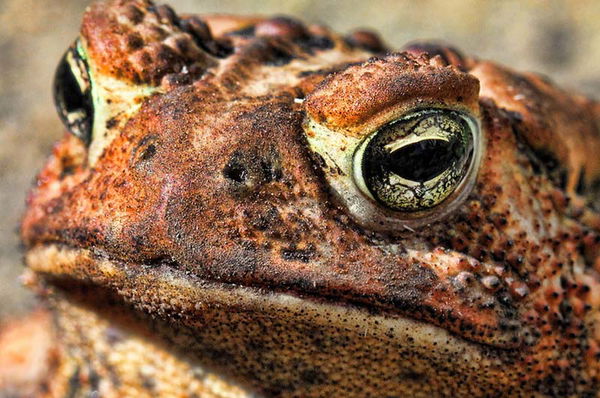Amphibians


The frog is a small, amphibious animal known for its distinctive croaking sound and ability to jump long distances. There are more than 7,000 species of frogs, found all over the world in a wide variety of habitats. Frogs are cold-blooded animals that rely on external sources of warmth to regulate their body temperature. They are also known for their unique life cycle, which includes a larval stage in which they live in water and breathe through gills before undergoing metamorphosis and becoming adults. Frogs are important members of many ecosystems, playing a role in controlling insect populations and serving as a food source for many predators. However, many frog species are at risk due to habitat loss, pollution, and the spread of disease. Efforts are underway to protect and conserve these important animals for future generations.

Photo: Pavel Kirillov
The mantella is a brightly colored amphibian that is native to the rainforests of Madagascar. There are around 16 species of mantella, each with their own unique color patterns. These small frogs are usually less than an inch long and are known for their striking hues of red, orange, green, and blue. Mantellas are active during the day and can be found on the forest floor, near streams or in leaf litter. They feed on small invertebrates like ants, termites, and beetles. Unfortunately, like many species in Madagascar, mantellas are threatened by habitat loss due to deforestation and agriculture, as well as the illegal pet trade. Several species of mantella are currently listed as endangered by the IUCN.

The toad, also known as the "true toad," is a small, warty amphibian found all over the world. Toads are characterized by their dry, bumpy skin, and their short, stocky bodies. They are primarily nocturnal and are known for their distinctive croaking calls, which are used for communication during the breeding season. Toads are carnivorous and feed on a variety of insects, spiders, and other small invertebrates. They are important for their role in controlling insect populations and are often used as a natural form of pest control in gardens and agricultural settings. However, some species of toads are at risk due to habitat loss, pollution, and the effects of climate change. Conservation efforts are underway to protect these important amphibians and their habitats.